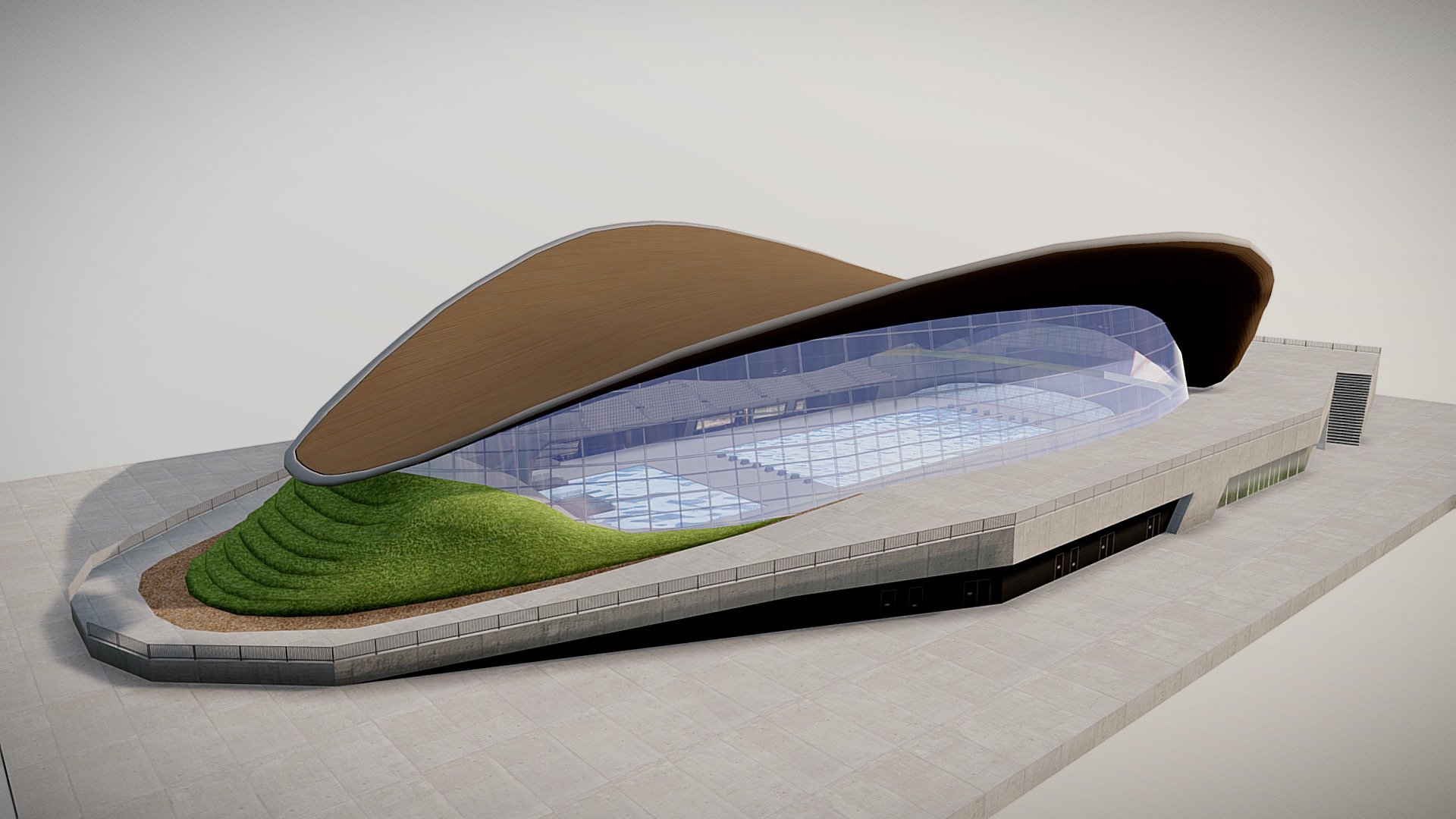

LONDON OLYMPIC AQUATIC CENTER FREE
When it comes to water quality, British guidelines require chloramine levels below one-half of the free chlorine residual. During competitions, the pool circulation system will ensure that the water is always maintained at the correct level, so bounce-back in the pool is kept to a minimum, and the pool remains “fast” throughout the duration of an event. The pool is 3 meters deep throughout, to minimize “reflection” or water disturbance. firm hired as the aquatic consultant for the project. Using the blue associated with pools would have been too obvious, he explains.Ī number of features ensure that athletes will compete in an optimum environment, said representatives at Devin Consulting, the U.K. To that end, Moorley notes that sulfur yellow, one of the official London 2012 brand colors, was used to accent the gray stain applied to the building to give it a consistent, weathered-finish look. The London Aquatics Centre is designed with an eye toward the fluidity of water in motion, but another important goal was to avoid cliché.

“For example, the roof houses a lot of lighting, which is required so that the venue can be filmed in high definition for the Olympics.” Design details “Another challenge to the design was to maintain its simplicity while incorporating the technical requirements of performance and construction,” Moorley adds. This approach also resulted in substantial savings in construction and operating costs. To best meet this requirement, the forward-thinking team designed the project for its permanent use first, and then adapted it for the Olympics. So designers were charged with creating a venue that seats 17,500 spectators during the Olympics, but then converts into one that seats 3,500. The British government, which funded the project, wanted a venue that could be used by the general population after the Olympic Games. “But we also wanted high-quality construction to ensure a long life for the building and a sustainable legacy.” “We wanted a strong design to celebrate the Olympics,” says Glen Moorley, one of the architects. Led by renowned architect Zaha Hadid, the first female recipient of the Pritzker Architecture Prize, the company has designed projects that include the Phaeno Science Centre in Wolfsburg, Germany the BMW Central Building in Leipzig, Germany and the Guangzhou Opera House in China.īut the Aquatics Centre project was different. The facility was conceived by Zaha Hadid Architects, a London firm that’s no stranger to projects of this magnitude.

Water polo will be held in a temporary venue next door. The $416 million project includes three pools designed to accommodate swimming, diving, synchronized swimming and the paralympic swimming competition. The Aquatics Centre’s beginningsĬonstruction on the venue began in 2008 and was completed in July, 2011, exactly one year before the start of the games. No matter which likeness you see, designers have created this state-of-the-art venue to provide a powerful experience for the 2012 Summer Games, and a vibrant new facility that will serve as an asset to this capital city of 8 million for years to come. A large turtle waving oversized flippers, a dolphin’s back, an airy dramatic space that suggests a wave: The London Aquatics Centre, built for this year’s London Olympics, has been described as all of these.


 0 kommentar(er)
0 kommentar(er)
